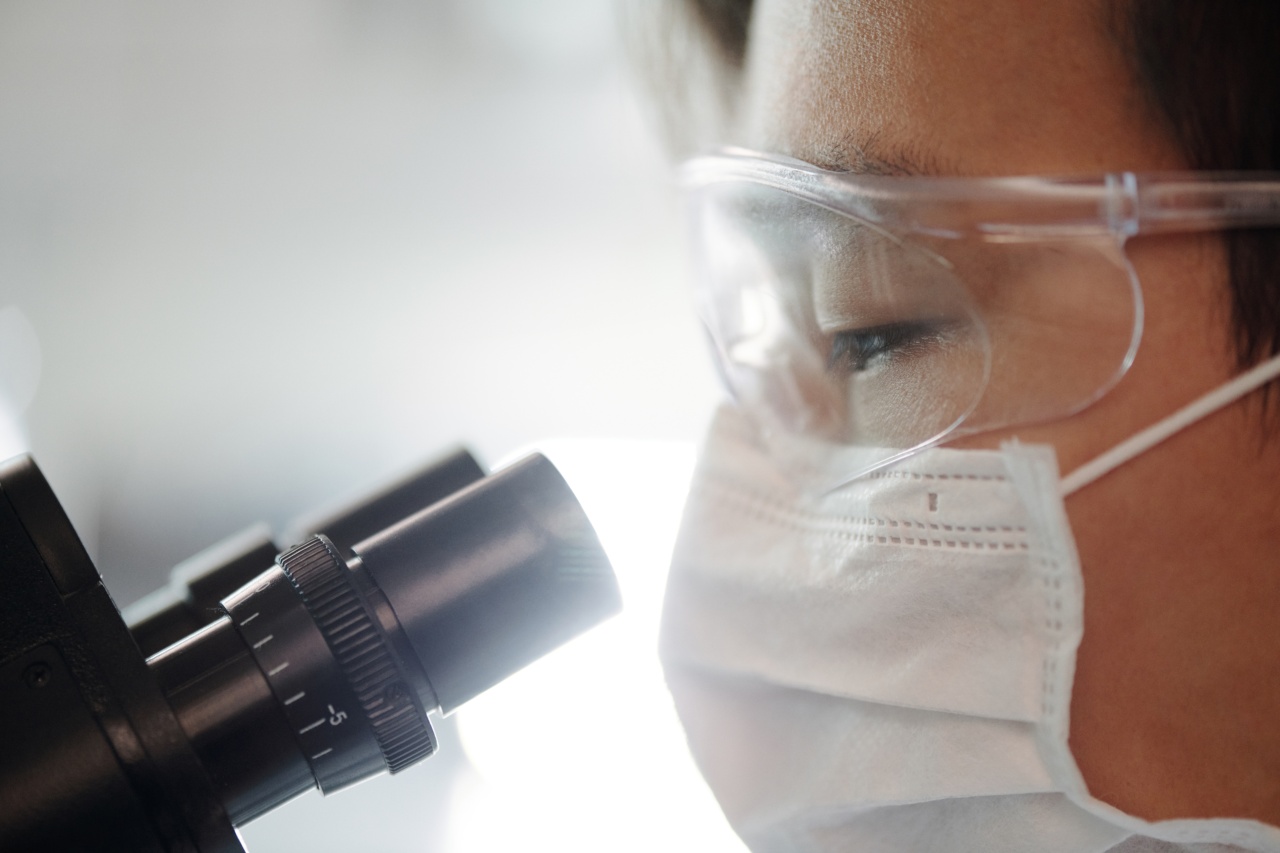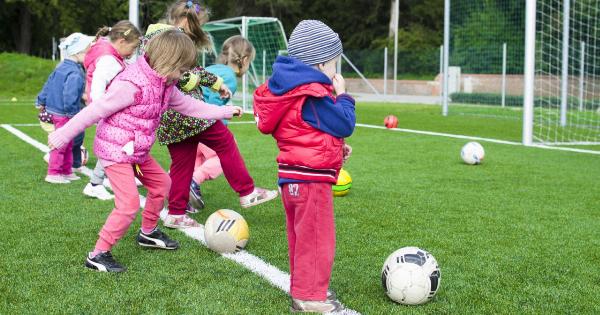Legg-Calve-Perthes disease, also known as Perthes disease, is a condition that affects the hip joint in children.
It is a form of avascular necrosis, where the blood supply to the femoral head (the rounded end of the thigh bone) is disrupted, leading to bone death and subsequent deformity. This article will delve into the diagnosis and treatment options for Legg-Calve-Perthes disease.
Diagnosis
The diagnosis of Legg-Calve-Perthes disease begins with a thorough physical examination of the child. The doctor will look for signs of hip stiffness, restricted movement, and muscle weakness.
X-rays of the hip joint are typically ordered to confirm the diagnosis. These images can reveal changes in the shape and structure of the femoral head, indicating bone death and degeneration.
Classification
Legg-Calve-Perthes disease can be classified into different stages based on the extent of femoral head involvement. The classification helps in determining the appropriate treatment approach. The commonly used classifications include:.
Treatment Options
Management of Legg-Calve-Perthes disease aims to relieve symptoms, preserve hip function, and prevent long-term complications. The chosen treatment approach depends on the child’s age, severity of the condition, and stage of the disease.
The main treatment options include:.
Non-surgical Treatment
In the early stages of Legg-Calve-Perthes disease, non-surgical interventions are often employed. These may include:.
Surgical Treatment
If non-surgical options do not yield satisfactory results or if the disease is already in advanced stages, surgical interventions may be necessary. The surgical procedures commonly used in the management of Legg-Calve-Perthes disease are:.
Rehabilitation
After surgical or non-surgical treatment, rehabilitation plays a crucial role in achieving optimal outcomes. The rehabilitation process may involve:.
Prognosis
The prognosis for Legg-Calve-Perthes disease depends on various factors, including the age at onset, stage of the disease, and effectiveness of the treatment. Early diagnosis and appropriate interventions tend to result in better outcomes.
With proper treatment and follow-up care, most children can eventually regain normal hip function and lead a normal life.
Conclusion
Legg-Calve-Perthes disease is a challenging condition affecting the hip joint in children. Timely diagnosis and appropriate treatment are crucial for minimizing long-term complications and preserving hip function.
A multidisciplinary approach, involving orthopedic surgeons, physical therapists, and caregivers, is necessary to ensure the best possible outcomes for children with Legg-Calve-Perthes disease.



























